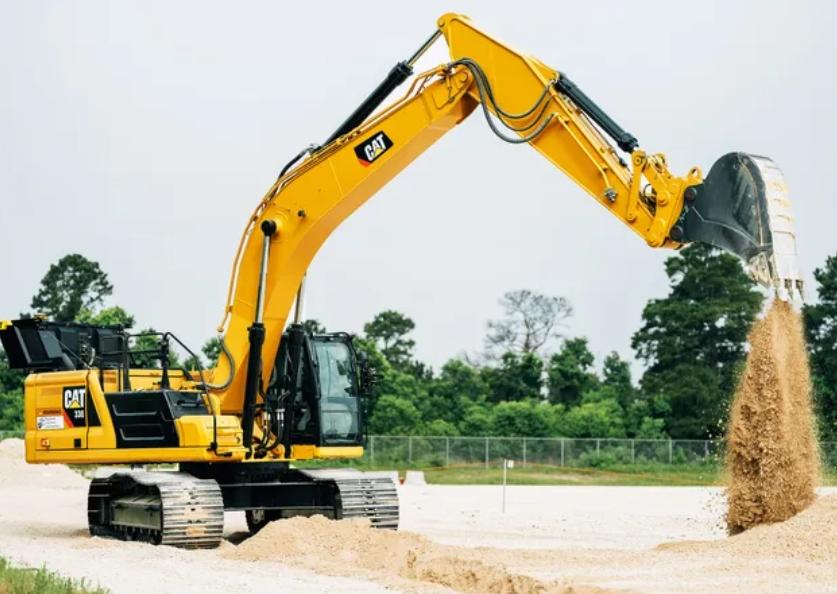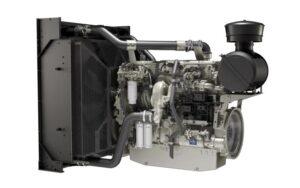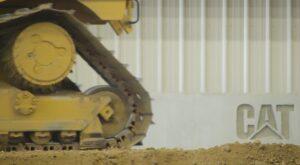Robot excavators and other machinery carried significant potential for heavy equipment manufacturers. However, like self-driving cars, perfecting the technology has posed considerable challenges.
Only a short while back, the potential appeared boundless: Automate vehicles to eradicate traffic accidents, the leading cause of fatalities in the United States. Similarly, automating construction through robot dozers, excavators, and other heavy equipment could address housing and infrastructure deficiencies in the US.
In 2017, Built Robotics initiated trials of autonomous excavators, aiming to enhance machine capabilities on construction sites. Back then, CEO Noah Ready-Campbell foresaw that fully autonomous equipment would be a common sight on construction sites even before fully autonomous cars became prevalent on public roads.
After nearly seven years of utilizing autonomous excavators for trenching, Built Robotics recently revealed its intention to transition from general construction endeavors to the installation of solar farms. To this end, the company introduced RPD-35, an automated pile driver designed to execute a singular and uncomplicated function. This robotic device employs a blunt metal head affixed to a mechanical arm to forcefully drive steel beams into the ground.
“Our complete focus is now on solar,” Ready-Campbell stated. “While it might seem like we’re honing in on a specific area, I believe that solar energy will shape the narrative of our national electrical grid over the next 10 to 20 years.”
He noted that this pivot is in part driven by the momentum of infrastructure and climate-change funding approved by the US Congress in the previous year. Consequently, Built Robotics will allocate less time to other initiatives.
While fully autonomous vehicles have become a reality in China and the US, the vision of driverless cars and robotaxis has yet to fully materialize. Similarly, the anticipated impact of AI in the construction industry seems to have fallen short of expectations.
Despite the efforts of prominent companies such as Caterpillar in the US, the concept of fully autonomous heavy-duty machinery for construction sites, which began as experiments a few years ago, has not progressed beyond the prototype phase or achieved widespread availability.
Developers of AI and robotics technology face a formidable challenge when it comes to construction sites. The nature of construction tasks, which frequently entail intricate 3D object manipulation and occur within ever-changing environments, contrasts with the strength of automation – excelling in repetitive actions with predictable results. Crafting self-driving vehicles that navigate well-mapped, less dynamic public roads, despite their own complexities, can, in some aspects, be less daunting.
As the globe’s largest construction equipment manufacturer, Caterpillar boasts substantial AI expertise. The company clinched Darpa’s self-driving car challenge in 2007, which entailed a 142-mile race across the Mojave Desert, and initiated autonomous truck trials in the 1990s. Although Caterpillar’s clientele presently employs almost 600 autonomous trucks from the brand in mines globally, the company has yet to bring automated dozers or excavators for construction to the commercial market.
This goal was established in 2020 to counterbalance the drop in revenue from heavy-duty equipment by enhancing software sales for the control of autonomous machinery. According to CTO Karl Weiss, Caterpillar is undergoing heavy machinery automation trials on construction sites with a select group of partners, even though there is no semi-automated machinery currently operational. He refrains from revealing further specifics about these endeavors.
When will these trials translate into actual autonomous construction machinery functioning on construction sites?
Weiss expresses confidence that they will reach that point. However, Caterpillar’s partners must feel assured about the technology’s maturity. Weiss notes that this journey entails risks, and they are collectively learning as they progress. The goal is to ensure that when the product is commercially viable, their partners are equally prepared and comfortable with its implementation.
Weiss mentions that Caterpillar initiated efforts to automate both mining operations and construction sites over a decade ago, but automation progressed more rapidly in mines due to a few specific reasons.
One of the primary reasons is that mines typically have semi-permanent roads and the controlled environment of being underground, ensuring safety. Moreover, as mines are usually located in remote areas where accommodating and providing for workers can be challenging, automation becomes a more appealing option. In contrast, construction sites are often temporary and subject to constant changes, lacking permanent infrastructure like roads.
Caterpillar, in collaboration with startup Teleo, proposes that the path towards achieving fully autonomous construction sites should initially involve a phase where semi-automated equipment is controlled remotely by operators located elsewhere. During this developmental phase, individuals with the requisite training can operate semi-autonomous machinery from anywhere globally, utilizing an interface reminiscent of a video game, potentially even working from their homes. Concurrently, AI experts will identify repetitive tasks conducive to automation.
Presently, operators of heavy machinery have the option to utilize certain constrained automation functionalities, such as automatic grading to achieve flat surfaces while employing a dozer. However, the ultimate objective, as outlined by Caterpillar’s chief engineer Michael Murphy, is to enable a single individual to efficiently operate four or five machines simultaneously, with algorithms assuming a substantial portion of the operational tasks.
In ongoing automation trials, Caterpillar’s equipment maintains a resemblance to traditional machinery. In contrast, Volvo and Doosan, the parent company of Bobcat, are already taking a step ahead by designing machines devoid of cabins, envisioning a future where human operators won’t be required. Doosan has committed to bringing its autonomous Concept-X project to the market by 2025.



